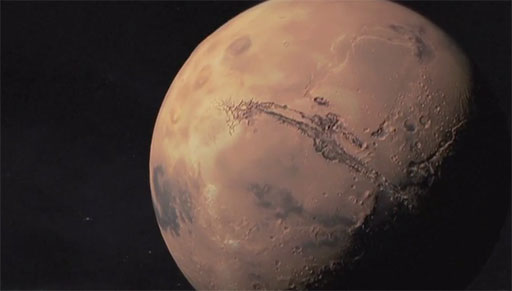1 Fascinating bodies
To make this video, we gathered comments about moons from scientists attending the 2013 Lunar and Planetary Science Conference in Houston, Texas. Christine Shupla, who will appear again in later videos, spoke about different kinds of moons. The single thing that they all have in common is that each of them orbits a larger body. This larger body is usually a planet, but there are many bodies too small to be classified as planets that also have their own moons.
The giant planets Jupiter, Saturn, Uranus and Neptune each have some large moons, comparable in size to our own Moon. Most of these moons probably formed around their planet. But each giant planet also has numerous smaller moons, which are irregular in shape because the moon’s own gravity is too weak to pull it into a sphere. Some of these irregular moons are in orbits very close to their planets and are probably debris from bigger moons destroyed by collisions or ripped apart by tides. These are sometimes called ‘inner moonlets’. Other irregular moons orbit much further from their planet and are probably wanderers such as comets (mostly ice) or asteroids (mostly rocky) that became captured after straying too close by chance.

Transcript
At the 2014 Lunar and Planetary Science Conference, Professor David Rothery managed to grab this bonus video message for learners from an Apollo astronaut, Harrison (Jack) Schmitt. His good wishes were addressed to learners on a different course, but they apply to you too.
